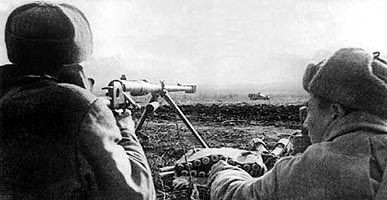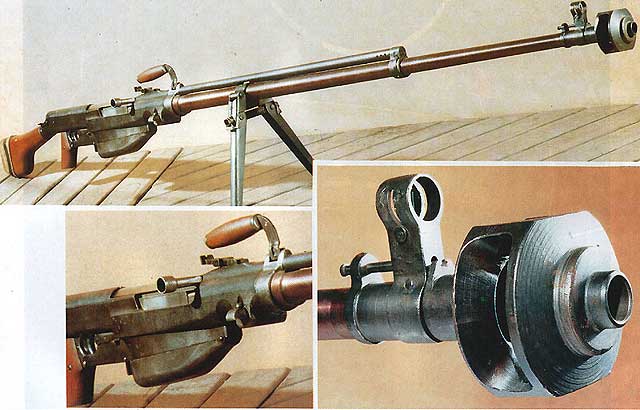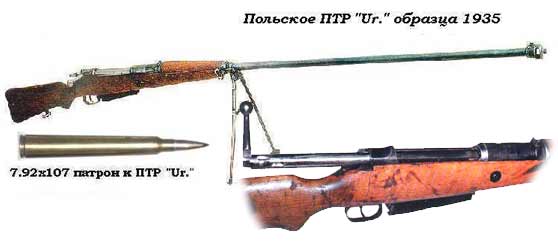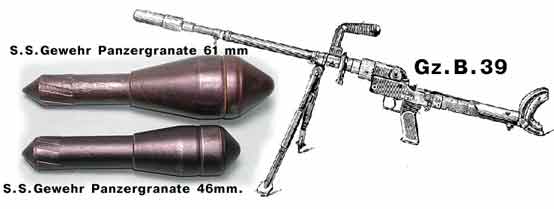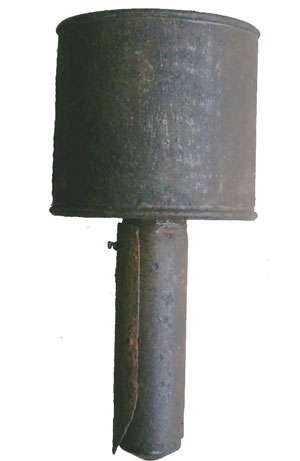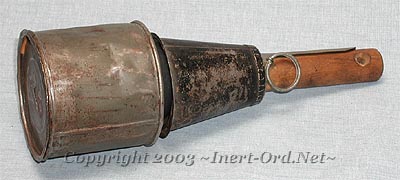Soviet mine dogs.
the isea was simple a trained dog carrieng 7 kg of heavy explosives launched to the underbelly of german tank and other armoured vehicles. pretty bad for the suicide animal. :roll:

Soviets tested the AT dogs during the military conflict with Japan in 1939 quite successfully, destroying several Japanese light tanks.
In August 1941 Soviets had 10 army units of AT dogs (consisted of 4 companies till July 1942, later - of 2 companies. Each company had 126 dogs). Such At dog units also had AT rifles platoons and snipers for killing the missed dogs with explosives. The first action AT dogs saw during the battle of Moscow in autumn 1941, 28th unit of AT dogs destroyed 42 German tanks and 2 armoured cars during the battle of Stalingrad. In one battle 15 from 17 dogs could reached the German tanks.

till October 1943 (when AT dog units were disbanded) Soviet Army had 2 regiments of AT dogs and 168 separate units, battalions and companies of AT dogs. Taking into consideration such big amount of AT dog units 300 destroyed German tanks seems reasonable, even not enough for 2 regiments and 168 units (that means that every unit with hundreds dogs could destroy only 2 tanks in average, a very ineffective, I would say…If the info about 28th unit is correct - 44 destroyed German AFVs during one battle, that means that the majority of AT dog units was completely unsuccessful!)
In principle, this idea is very strange as Soviet Army had quite sufficient amount of infantry AT rifles during the battle of Moscow and Stalingrad and using good AT rifles against tanks seems for me much more effective, safety and cheaper than unpredictable dog with two AT mines.





